In my last article on the Centaurs (Ken-taurs or Khan-taurs) titled “The Centaurs: Half Men and Half Horse Sons of God“, I 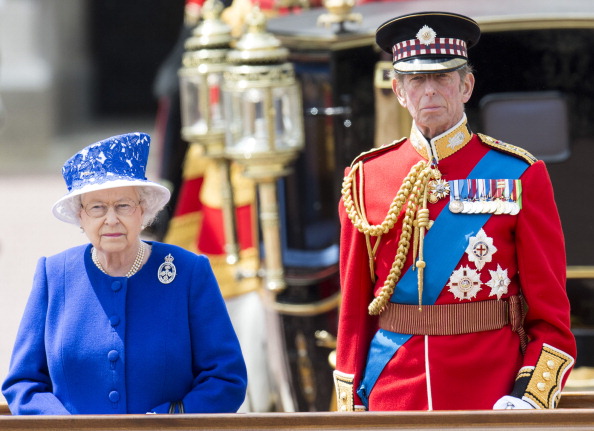 briefly explained this tribe of people who originally inhabited the island of Crete, Greece and Egypt; who then made their way into Britain. The first century Roman-Jewish historian Josephus calls them the Jud or the Judeans (Idumean) of Mount Ida, who I believe are connected today to the biblical Tribes of Judah and Benjamin. In the bible these people are also known as the Nephilim, Anakim race, the Sons of God, and connected to both the Tribes of Judah and Benjamin.
briefly explained this tribe of people who originally inhabited the island of Crete, Greece and Egypt; who then made their way into Britain. The first century Roman-Jewish historian Josephus calls them the Jud or the Judeans (Idumean) of Mount Ida, who I believe are connected today to the biblical Tribes of Judah and Benjamin. In the bible these people are also known as the Nephilim, Anakim race, the Sons of God, and connected to both the Tribes of Judah and Benjamin.
Today their Masonic descendants we may find represented in the Old Kingdom of Jute, which was originally Juteland or the land of the Jutes, and is now known as the Kingdom of Kent. Jutland, is regarded as Judah’s land. An adjective for Jute is “Jutish,” pronounced jootish.
This history was first explained by the Father of English History and Doctor of the Church, Saint Bede who had lived in the 7th century. In his book Titled, “The Ecclesiastical History of England,” he had written; “Accordingly they engaged with the enemy, who come from the north to give battle, and the Saxons obtained the victory. When the news of their success and of the fertility of the country, and the cowardice of the Britons, reached their own home, a more considerable fleet was quickly sent over, bringing a greater number of men, and these, being added to the former army, made up an invincible force. The newcomers received of the Britons a place to inhabit among them, upon condition that they should wage war against their enemies for the peace and security of the country, whilst the Britons agreed to furnish them with pay. Those who came over were of the three most powerful nations of Germany—Saxons, Angles, and Jutes. From the Jutes are descended the people, of Kent, and of the Isle of Wight, including those in the province of the West-Saxons who are to this day called Jutes, seated opposite to the Isle of Wight.”
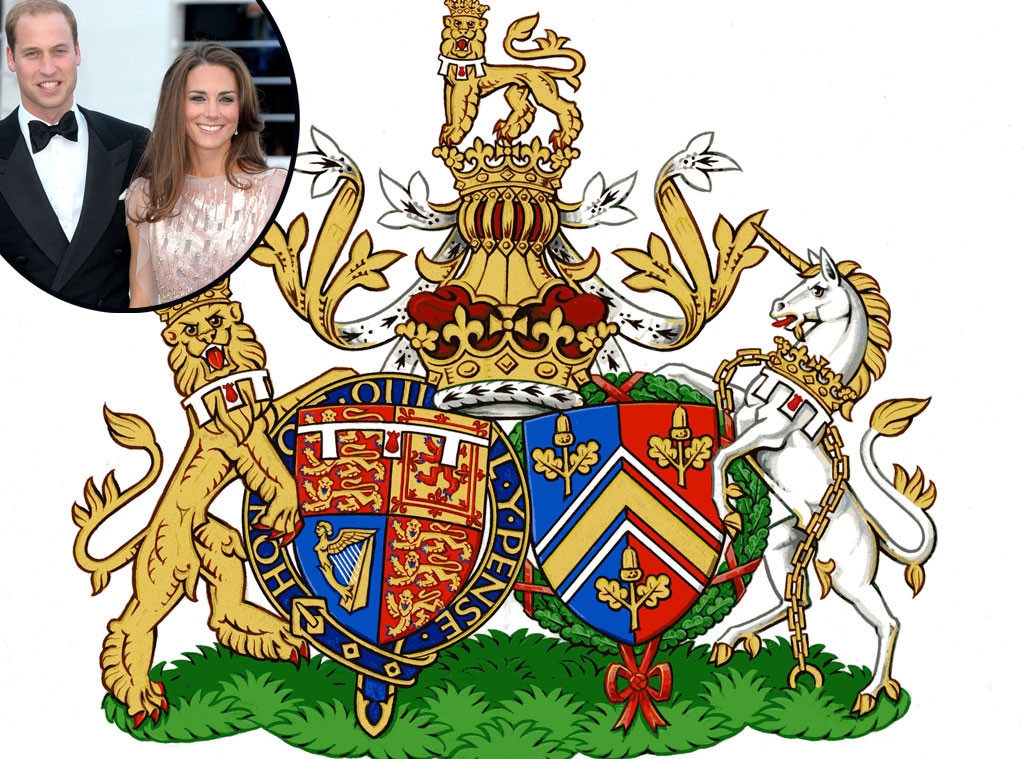 The obvious tribal connections between Judah and the Centaurs (Ken-Taurs) would be in the names of the Jutes and the name Kent. The other symbolic tie would be the royal lion, crown, and Cretan white horse now shown as a unicorn chained (subjugated) and contained in their Coat of Arms. Kent is an early medieval kingdom said to be founded in the 5th century in what is now South East England. Julius Caesar invaded the area in 55 and 54 BC, and he referred to the kings here as kings of Cantium. It is said to have been founded at an unknown date in the 5th century by Jutes; members of a Germanic people from continental Europe, some of whom settled in Britain after the withdrawal of the Romans.
The obvious tribal connections between Judah and the Centaurs (Ken-Taurs) would be in the names of the Jutes and the name Kent. The other symbolic tie would be the royal lion, crown, and Cretan white horse now shown as a unicorn chained (subjugated) and contained in their Coat of Arms. Kent is an early medieval kingdom said to be founded in the 5th century in what is now South East England. Julius Caesar invaded the area in 55 and 54 BC, and he referred to the kings here as kings of Cantium. It is said to have been founded at an unknown date in the 5th century by Jutes; members of a Germanic people from continental Europe, some of whom settled in Britain after the withdrawal of the Romans.
Saint Bede (lived AD 673-735) was a monk at the monastery at Jarrow, Northumbria who had written about these various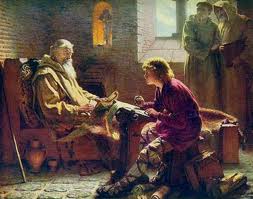 tribes and the history at the time. It is said by Bede and other historians, that the King of Britain had brought the Jutes into Britain to protect his realm from Scots (from Northern Ireland) and Picts (from Scotland).
tribes and the history at the time. It is said by Bede and other historians, that the King of Britain had brought the Jutes into Britain to protect his realm from Scots (from Northern Ireland) and Picts (from Scotland).
Bede had written; “The new-comers were of the three strongest races of Germany, namely, Saxons, Angles and Jutes. Of Jutish origin are the men of Kent, and the Wihtsaetan; that is the tribe dwelling in the Isle of Wight. From the Saxons, that is from the people called Old Saxons, came the East Saxons, the South Saxons, and the West Saxons; and from Angle came the East Angles and the Middle Angles, Mercians, and the whole race of the Northumbrians. This is the land which is named Angulus, between the Jutes and Saxons, and it is said to have lain waste, from the time they left it, up to this day. Their leaders then and their commanders were at first two brothers, Hengist and Horsa, sons of Wihtgils, whose father was called Witta, whose father was Wihta, and the father of Wihta was called Woden. From his race the royal families of many tribes derived their origin.”
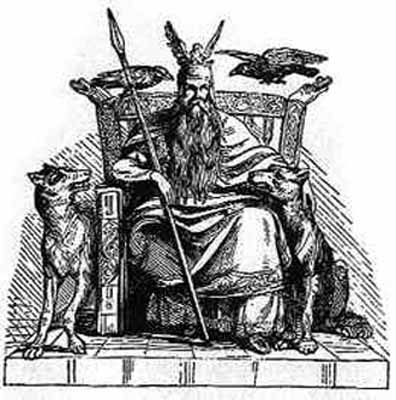 The Norse equivalent for the Old English Geat or Goth was Jat (see the Edda genealogy in Appendix 10: “The Family of Odin”), which later became Jute. The first chieftains of the Goths (Geats) who were the Jutes were known as the brothers Hengist and Horsa, whose mythological genealogy Bede traces back to the god Woden, and their followers were the Jutes or who we can call the Tribe of Judah. This genealogy can be now found today under the Kings of Lindsey which was also known as Lindisfarne; a small island off the Northumbrian coast(Beda, 3, 17. 4, 12. Sax. Chr. ann. 780. 793), and Halig ealand, or Holy Island. Benedict Biscop’s grandson Eata became (Beda 4, 13) one of the first bishops of Lindisfarne.
The Norse equivalent for the Old English Geat or Goth was Jat (see the Edda genealogy in Appendix 10: “The Family of Odin”), which later became Jute. The first chieftains of the Goths (Geats) who were the Jutes were known as the brothers Hengist and Horsa, whose mythological genealogy Bede traces back to the god Woden, and their followers were the Jutes or who we can call the Tribe of Judah. This genealogy can be now found today under the Kings of Lindsey which was also known as Lindisfarne; a small island off the Northumbrian coast(Beda, 3, 17. 4, 12. Sax. Chr. ann. 780. 793), and Halig ealand, or Holy Island. Benedict Biscop’s grandson Eata became (Beda 4, 13) one of the first bishops of Lindisfarne.
Here is a list below of these kings and queens of Lindsey in Old English. Please note the various names below on the kings list such as Woden and the name Cretta and Cretting which would be a very similar name to the original holy island from which they descend, Crete;
GODUNLF GEOTING
FINN GODUNLFING
ERIOTHULF FINNING
FREALAF ERIOTHULFING
WODEN FREALAFING
VINTA WODNING
CRETTA VINTING
CUEDGILS CRETTING
CAEDBAED CUEDGILSING
BUBBA CAEDBAEDSING
BEDA BUBBING
BISCOP BEDDING
EANFERTH BISCOPING
ETTA EANFERTHING
ALDFITH EATTING
Shortly after the arrival of Hengist and Horsa, another tribe called the Saxons would arrive in 501 with another chief named Port and his two sons, Bieda and Maegla. According to the Anglo-Saxon Chronicle, the founders of Meonwara were Port and his two sons Bieda and Maegla. It is interesting the name Bieda almost exactly matches the name of Saint Beda, which we find the name of Beda listed on the kings of Lindsey list above.
This is where my last name of Bedard would originate from, until our family went into France and at a later date our name was forcibly changed by the Norman King named Henry VIII. This was the time when in Paris, Noel Beda had led the opposition against the king’s request for a divorce, that later led to the arrest and exile of Beda. Henry VIII was so upset at the Catholic Clergy and their power that he would later take religious matters into his own hands by dissolving approximately 625 Catholic monastic communities. This riff between the Norman royalty and the church would give rise to the Protestant reformation, the formation of the Jesuits, and later the modern orders of Freemasons and Templars.
WHO WERE THE JUTES AND WHERE DID THEY COME FROM?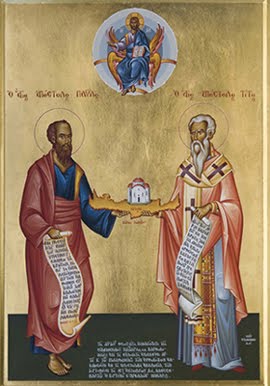
According to Bede, the Jutes were one of the three most powerful Germanic peoples of their time, the other two being the Saxons and the Angles who finally settled in Kent (where they became known as the Cantuarii or Cantii), Hampshire (in Wessex), and the Isle of Wight (where they became known as the Uictuarii). The name Can-tium and Can-tuarii we can connect to the words I mentioned above; Koan, Koan, Kohn, Kahn, Cohen, Kohen or the Kohen-Taurs (Centaurs or Kentaurs) which are all have the same Hebrew or Phoenician word meaning priest. These priests would be known in the bible as the Levites who Bede had said, “became attached to the Church,” who both Biscop and Bede would also be Levitical priests.
The first Angles, who I believe were also known as Italian Umbri and ancient Cretans, were said to arrive in 527 AD; and 20 years later in 547, many more Angles had landed under their chief Ida on the coast between the Tweed and the Forth, who eventually established themselves on the north of the Humber (Bernicia). It is interesting that this name of Ida is referenced during their arrival, because it is at Mount Ida in Crete where the Idumenas or Judeans were said to have originated from, which would be another symbolic connection between the Cretan Judeans of Mount Ida and the British Jutes of Kent.
They would become known as the Northumbrians to designate themselves in the North from their Italian Brothers known as the Umbri. Bede records the genealogy of Æthelbert who was King of Kent from about 558 or 560, and the first Kentish king to convert to Christianity whose direct ancestor was Hengist. The meaning of the Old English names Hengest and Horsa is “stallion” or “horse.” The horse symbology is connected to the ancient Holy Island of Crete, which will become more evident below.
Later, the Jutes who are also known as the Northrumbians and Anglo Saxons would align with the Franks. The first English king to convert to Christianity was a Jute named Ethelbert who married the Frankish princess Bertha and introduced Christianity into parts of Britain. Bertha’s father was Charibert I (c. 517 – December 567) who was the Merovingian King of Paris. This Franco-British alliance would now connect the kingdom of the Jutes, with the Franks whose power was in Paris.
The kingdoms of Deira and Bernicia ultimately united about 600 AD to form the great kingdom of Northumbria. This was then known as the Anglo-Saxon heptarchy or seven-kingdoms formed—Kent (Jutes); Sussex, Essex, Wessex (Saxons); Northumbria, East Anglia, Mercia (Angles or English). But were never exactly seven kingdoms.
The most powerful kings had assumed the name of Bretwalda or Emperor of Britain. Saint Bede names these kings in order as— 1, Ella, who was king of Sussex from 491 to 518; 2, Ceawlin of Wessex from 568 to 589; 3, Ethelbert of Kent, the first Christian English kingdom from 589 to 616; 4, Kedwald, king of East Anglia from 616 to 642; 5, Edwin of Northumbria from 624 to 633; 6, Oswald of Northumbria from 635 to 642; 7, Oswi of Northumbria from 642 to 670. In 685, the ruler of all England, Egfrith of Northumbria was killed in a battle with Wulfere of Mercia who then attained the overlordship of England. The Mercians would later be converted to Christianity and rule for approximately 150 years.
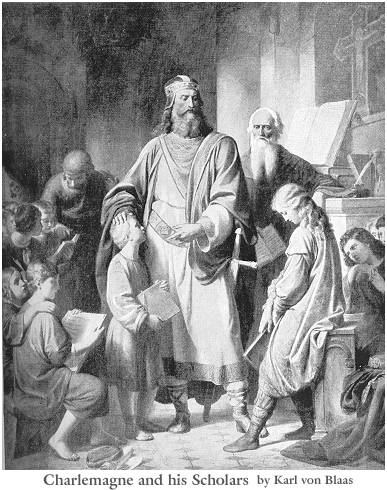 Approximately 150 years later, this alliance would be strengthened under the Emperor Charles the Great (Charlemagne). This is when the Anglo-Saxons or Northrumbians would later obtain the aid of the Frank Emperor, Charles the Great (Charlemagne) who assisted them in revolt after revolt against the Mercians and their King Offa, which eventually led to the first foreign treaty being signed in 794 between Charlemagne and Offa. However, after Offa’s death in 796, the Franks assisted their friends and allies the Northrumbians with Egbert to recover the throne from Mercia, which he accomplished in the year 800 AD. In doing so to signify the biblical authority, Charlemagne was presented with a newly written bible called the New Testament at his coronation as the official new Roman Emperor, and would be called a second King Solomon.
Approximately 150 years later, this alliance would be strengthened under the Emperor Charles the Great (Charlemagne). This is when the Anglo-Saxons or Northrumbians would later obtain the aid of the Frank Emperor, Charles the Great (Charlemagne) who assisted them in revolt after revolt against the Mercians and their King Offa, which eventually led to the first foreign treaty being signed in 794 between Charlemagne and Offa. However, after Offa’s death in 796, the Franks assisted their friends and allies the Northrumbians with Egbert to recover the throne from Mercia, which he accomplished in the year 800 AD. In doing so to signify the biblical authority, Charlemagne was presented with a newly written bible called the New Testament at his coronation as the official new Roman Emperor, and would be called a second King Solomon.
This alliance would then allow an Italian monk known as Augustine of Canterbury to conduct missionary efforts called the Gregorian mission, to Britain in order to Christianize King Æthelberht and the whole Kingdom of Kent from paganism. Augustine is known as the “Apostle to the English,” and a founder of the English Church. He later founded the monasteries of Saints Peter and Paul which was built as a symbol of the united tribes.
THE NORMANS SUBJUGATE THE JUTES BY THE SWORD AND THEN ALIGN BY MARRIAGE FORMING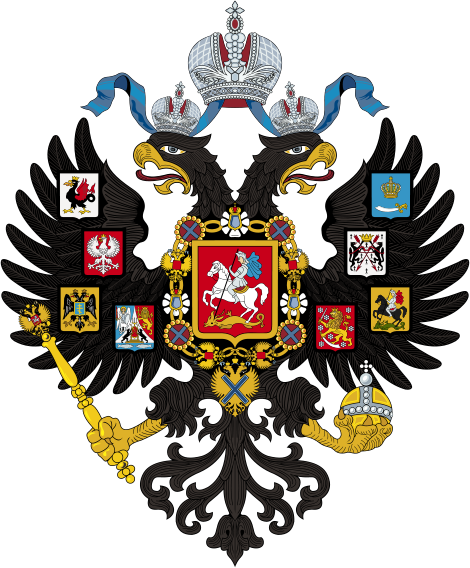 THE NORMAN-ANGLO-SAXON ARISTOCRACY
THE NORMAN-ANGLO-SAXON ARISTOCRACY
Later, the Normans who were also known as the Northmen, Swedes and Vikings had invaded the British kingdom and several of their strongholds in the neighboring countries over a period of a few hundred years. One of the policies of the Normans, was once they had conquered a country or people, they would then select various people from the previous ruling elite families and priests to remain in their positions of power as Dukes and Lords of the land, who would then report and pay taxes to the ruling Normans. I assume this was wisely done to not upset or interfere too much with the remaining citizens of the kingdom who may have rebelled against a foreign ruler. This governing arrangement I believe lasts until this very day.
This we can confirm with what is said in the Encyclopaedia Britannica; “ “The major change was the subordination of England to a Norman aristocracy. William distributed estates to his followers [barons from Normandy] on a piecemeal basis as the lands were conquered” (“United Kingdom,” Macropaedia, Vol. 29, p. 33). Historian Michael Wood writes in his book, In Search of the Dark Ages: “The redistribution of land after the Norman Conquest has been called a tenurial revolution of the most far-reaching kind and a catastrophe for the higher orders of English society from which they never recovered. The record of Domesday Book, completed only twenty years after Hastings, shows that though some Englishmen still held considerable estates, very few held any position of influence. It has been estimated that only eight per cent of the land was still held by English thegns in 1086” (In Search of the Dark Ages, 1987, p. 233).
We learn from Bede and other sources, that they were Jutes and merely allies of Cerdic. They were of the same tribe as the men of Kent. For their services they received from Cerdic, the Isle of Wight as the reward of their assistance. The Norman Conquest created the position of Lord of the Isle of Wight. Saint Bede had described these events in a simple allegorical story showing the impact that the Normans had on the Jutes under the symbology of the raven;
As St Marius, abbot of Revons in France, in the sixth century, was proceeding to visit his dependent cells, a dog ran after him and tore his robe. A simple ejaculation from the saint was sufficient to call two wolves from a neighbouring wood: and they immediately devoured the offending animal. St Ebrulf had a monastery in the wilderness of Ouche; a raven built its nest near him, and frequently stole the provisions of the monks; on which one of them, who wished to try his hand at a miracle in imitation of his master, prayed that it might be punished, and it was immediately afterwards found dead.
A raven flew away with one of the gloves belonging to Columbanus; but it came back and restored it at the call of the saint. In the same manner a fox, which had stolen a cock belonging to St Condedus the hermit, was made to bring back its prey with the greatest contrition. Some crows carried away part of the thatch of St Cuthbert’s hut to build their nests; at his rebuke, they not only made an apology, but they brought him a piece of hog’s lard (which they must have stolen from somebody) to make him amends for the injury he had sustained.
Later, part of the royal family of the Tribe of Judah, also known as the Jutes on the male side, would intermarry with the royal Norman families. After the Norman Conquest, they would now be aligned with the Normans by blood through the female line and monarch of the Queen. Henceforth, the Jutes of the Tribe of Judah would be the overlords and Dukes of these lands, subject to the Norman ruling elite families of the North.
The Normans would also settle in northern France between 800-1100 AD. This was the exact same time that the powerful royal dynasty of Norman or Swedes, known as the Rus (Russians) came onto the world scene as a major power, mainly after they had organized an attack on the Christian Greeks in Constantinople with two hundred ships in the year 860 AD. The Rus or Russians, who were not Christian and still considered pagan at the time, would attack Constantinople yet again on June 11, 941. These battles would result in two treaties being signed between both the Rus and the Byzantine Empires, dating in the years 907 and 911.
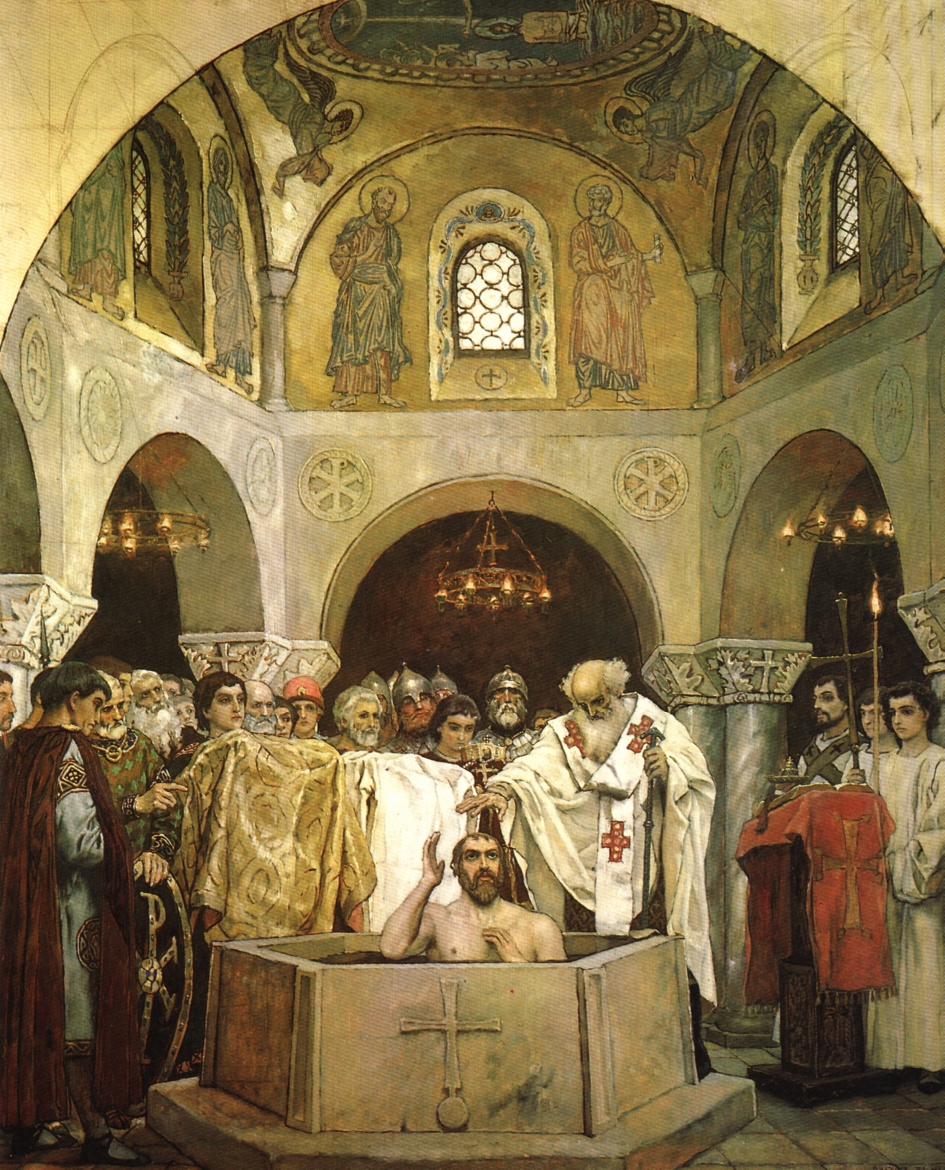 I wrote about the Rus before in my article, Russia: The Third Rome & Masters of Jerusalem, where I explained how the Rus had conquered the Greeks of the Byzantine Empire and then later aligned with them through various strategic marriages. These events resulted in additional treaties with the Byzantines; in the year 954 A.D., Princess Ol’ha (Olga) of Kiev would be baptized, and later in 988, both the baptisms of Vladimir of Kiev and the Baptism of Rus’ would occur, signifying one of the most important events in the history of Russia. They would officially join the Byzantine Empire as Christians and Brothers. Olga’s grandson Vladimir (reigned 980-1015) was converted to Christianity in 988 A.D., and Christianized the Kievan Rus’. He would go on to marry Anna, the sister of the Byzantine Emperor. (Wikipedia)
I wrote about the Rus before in my article, Russia: The Third Rome & Masters of Jerusalem, where I explained how the Rus had conquered the Greeks of the Byzantine Empire and then later aligned with them through various strategic marriages. These events resulted in additional treaties with the Byzantines; in the year 954 A.D., Princess Ol’ha (Olga) of Kiev would be baptized, and later in 988, both the baptisms of Vladimir of Kiev and the Baptism of Rus’ would occur, signifying one of the most important events in the history of Russia. They would officially join the Byzantine Empire as Christians and Brothers. Olga’s grandson Vladimir (reigned 980-1015) was converted to Christianity in 988 A.D., and Christianized the Kievan Rus’. He would go on to marry Anna, the sister of the Byzantine Emperor. (Wikipedia)
Over the course of the next few hundred years, the Rurikids would eventually go on to be the sovereigns of not only the massive country we know of today as Russia, but also Normandy, Naples, Sicily, and England etc.
In Greek, Rus is spelled, Rho; Rosh or Ros in Hebrew, and Ru in Arabic. The meaning of the Hebrew name prince of Rosh is “the chief prince,” or “king of the Russian Empire.” The name Sia is an Old Norse or Swedish name derived from the word sigr, meaning “victory,” and in Hebrew it means “helper.” These words and various meanings would possibly signify the new order of the Brotherhood under the Second Jerusalem of the Temple of Solomon, where the Jutes or Judah become ‘sias,’ or helpers to the prince.
In 911, King Charles legally granted the Normans and their chief Rollo land in return for their loyalty and protection against other tribal incursions. This would make them rulers over the country and royalty. The Normans would then integrate into French culture by taking local women as wives, and their children grew up speaking the French language. To the best of my knowledge, this royal arrangement lasts until this very day.
“And, behold, the man clothed with linen, which had the inkhorn by his side, reported the matter, saying, I have done as Thou hast commanded Me.” Ezekiel 9:11
As I mentioned above, the Tribe of the Jutes would appear to be exactly the same tribe with who Josephus calls the Jud or the Judeans (Idumean) of Mount Ida on the island of Crete in the Mediterranean Sea. This would be one of the lands in which they had settled along with many others. I find it interesting, that in Britain we have a people called the Jutes who appear to have the same symbols and words as a tribe from the island of Crete; known in the bible as the Tribe of Judah who were the children of King Idomensus, and that Homer had called the royal and warlike ‘Idomen.’ In the bible, we find the Tribe of Judah was divinely appointed to lead the tribes (1:1-2; 20:18) and were also led by ad hoc leaders known as Judges (see the Book of Judges).
Today, we can witness the Tribe of Judah in Kent, doing exactly what has been prophesied in the bible as leading by ad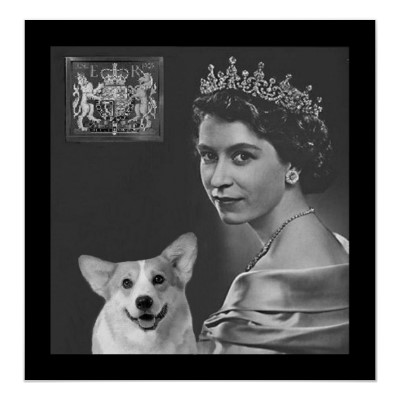 hoc leaders known as Judges. This is where all the Kings, Queens, Princes and Princesses of the United Kingdom hail from ruling by way of the monarchy. The word “monarch” (Latin: monarcha) comes from the Greek language word μονάρχης, monárkhēs (from μόνος monos, “one, singular”, and ἄρχω árkhō, “to rule” (compare ἄρχων arkhon, “leader, ruler, chief”) which referred to a single, at least nominally absolute ruler of hereditary rule.
hoc leaders known as Judges. This is where all the Kings, Queens, Princes and Princesses of the United Kingdom hail from ruling by way of the monarchy. The word “monarch” (Latin: monarcha) comes from the Greek language word μονάρχης, monárkhēs (from μόνος monos, “one, singular”, and ἄρχω árkhō, “to rule” (compare ἄρχων arkhon, “leader, ruler, chief”) which referred to a single, at least nominally absolute ruler of hereditary rule.
Hence, the reason in the bible why this tribe is referred to as leading by ad hoc leaders known as Judges to rule “their people,” and why currently out of 44 nations, 16 of them recognise Queen Elizabeth II as their head of state. In addition, the Archon and Grand Master of worldwide Freemasonry is also from the Kingdom of Kent, and is called the Duke of Kent. This is why, that in order to become a true sovereign who can legally take on the title of Sir, you must be knighted by the Queen.
The Lord of the Isle of Wight is a title that began when William the Conqueror granted the Isle of Wight to William Fitz Osbern. William was the first Norman or Viking King of England who reigned from 1066 until his death in 1087. Today, some of the world’s most powerful people in business and our society are direct descendants of William the Conqueror. Today, Prince William would most likely be the heir to this ruling Norman blood line.
The Kingdom of Kent and the Isle of Wight Coat of Arms may also be connected to the original Cretan tribe’s main symbol of the white horse, that was forever immortalized by the Cretan Roman Emperors from the dynasty of Nerva, in which the older symbols of the Centaur, the bow, laurel crown and the harp are also connected. Some of these same symbols you will find today on the current Isle of Wight Coat of Arms, but various adaptation of the old Centaur being a horse with a fish or mermaid tail, and the crown embroidered with anchors.
Kingdom of Kent’s Coat of Arms in the white horse of Kent dating from the 6th – 8th century. Here is an older representation of the Coat of Arms showing instead of a Centaur or horse, there is a unicorn that is a pale color, a sea-horse, anchors, and the crown is both a castle and what looks like a Phoenician boat.
They would be represented today by the head Centaur or Kentaur, the Duke of Kent, who as of 2014, the Archon of English Masonry title is currently held by Prince Edward who is also the Grand Master of Freemasonry via the United Grand Lodge of England (UGLE). We can also add another telling connection to the list, and say that the custodians of Freemasonry today are the priests and servants of the Mother Goddess, as were the priests in Crete. Today they serve under her Royal Majesty of the Queen.
“Then he said unto me, Hast thou seen this, O son of man? Is it a light thing to the house of Judah that they commit abominations which they commit here: For they have filled the land with violence, and have returned to provoke Me to anger: and, lo, they put the branch to their nose.” – Ezekiel 8:17

Moe is the founder of GnosticWarrior.com. He is a father, husband, author, martial arts black belt, and an expert in Gnosticism, the occult, and esotericism.

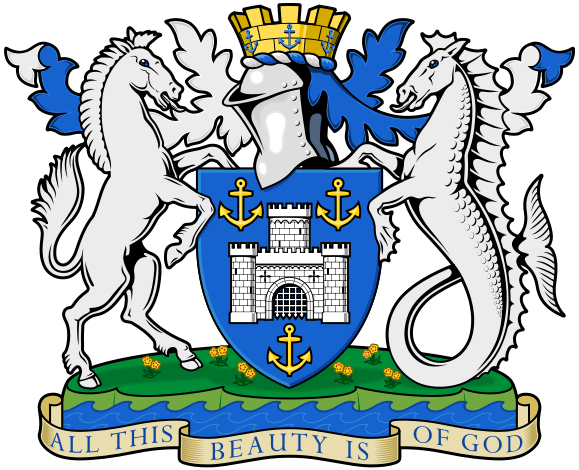
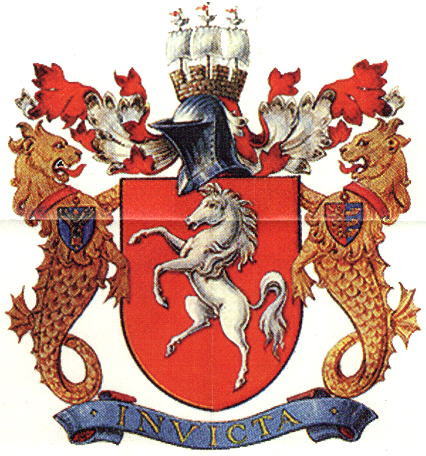
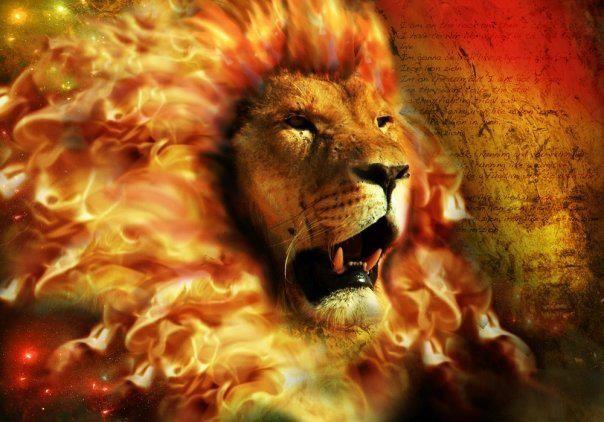
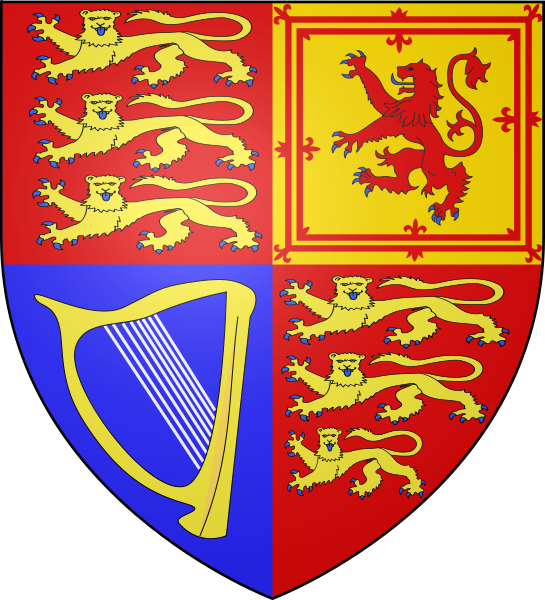
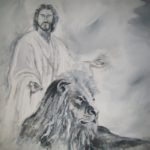
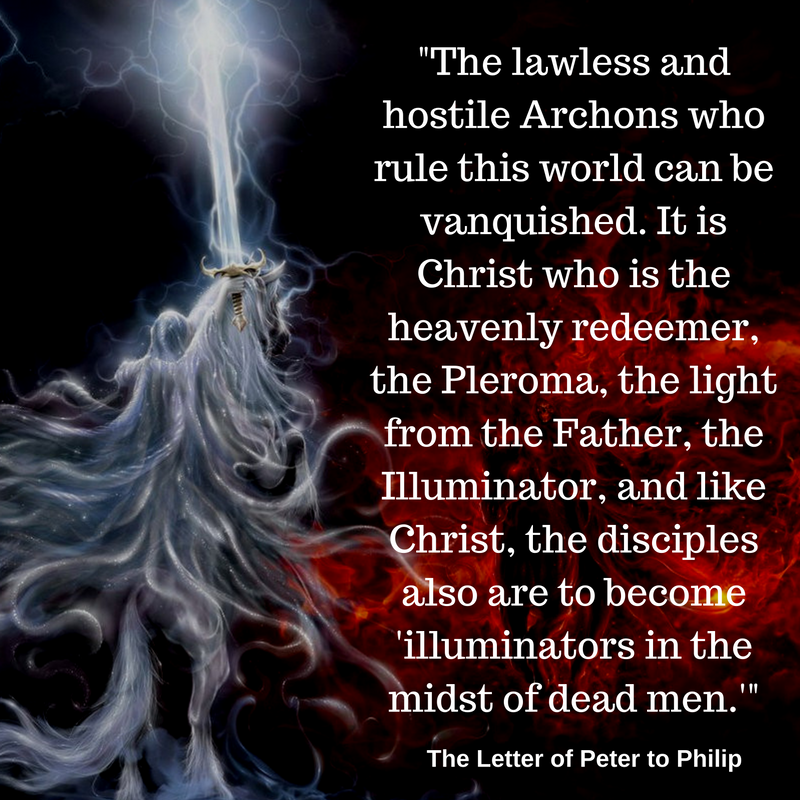
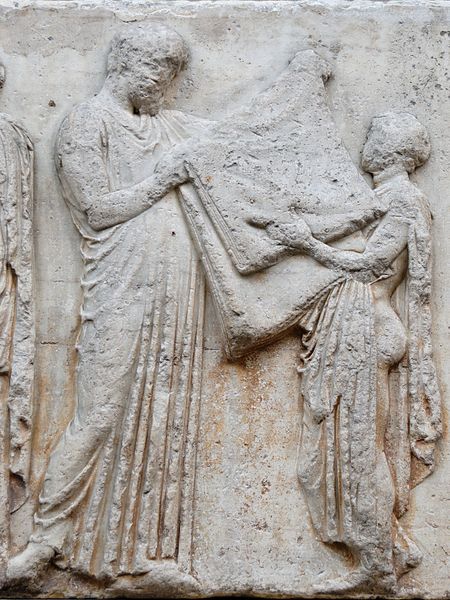


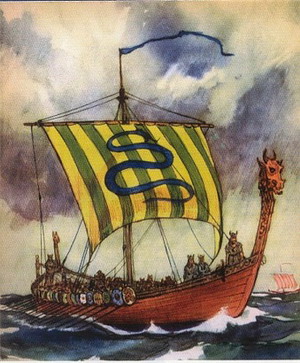
Good article it was very informative. Helps me connect the origins of some European countries.
One issue with the current Royal family. Their bloodline is broken. King Richards bones were found and the DNA confirms this. Sax Coburn is another issue. Though there are more King William descendants these ones are illegitimate.